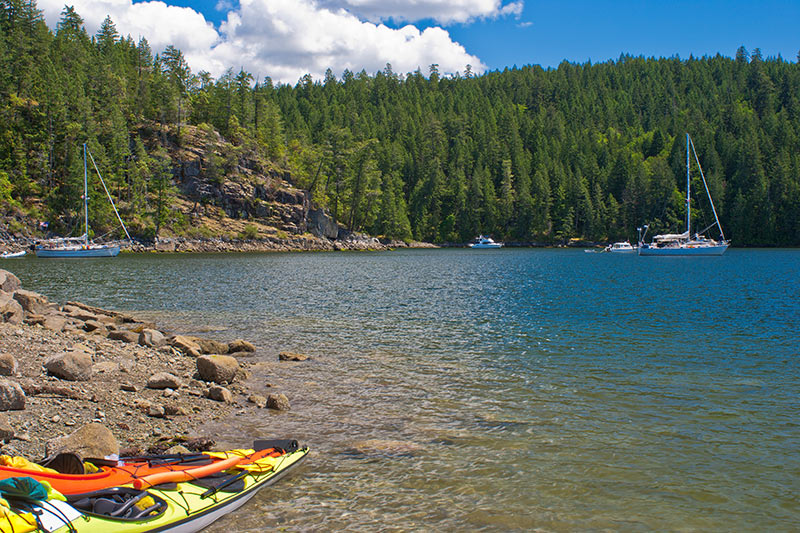The tiny 0.7-hectare Seton Portage Historic Provincial Park commemorates the location of the first railway in British Columbia. When the rich gold mines of the Bridge River Valley were in full swing in the 1930s, supplies for the mining camps came up the rail line to Seton Portage and were then packed over Mission Mountain into the adjacent valley.
During the Cariboo Gold Rush, the Harrison-Lillooet Trail was built along Harrison Lake and Lillooet River to Anderson Lake. The rugged path, often hand-hewn out of solid rock, continued on along the side of Anderson and Seton lakes, much as the the rail line does, and terminated in Lillooet. In 1861 a narrow gauge railway, three miles long, was built across the ancient slide that is Seton Portage, to facilitate the movement of supplies and miners between the two lakes. Boats and barges plied the two lakes and hauled livestock as well as people into Lillooet. The trail was so rugged in some sections that travellers laden with packs crawled over them on their hands and knees, even surefooted mules could not navigate the trail. A few sections of the Harrison-Lillooet Trail, clinging to the steep rock slopes above Seton Lake, are still visible today.
There are no facilities provided at this park.
Seton Portage Historic Provincial Park is located 44 miles (70 km) west of Lillooet on the south side of Seton River. Access to the park is by gravel road from Shalalth to Seton Portage.
Nearby Regions & Towns
Park Notices



